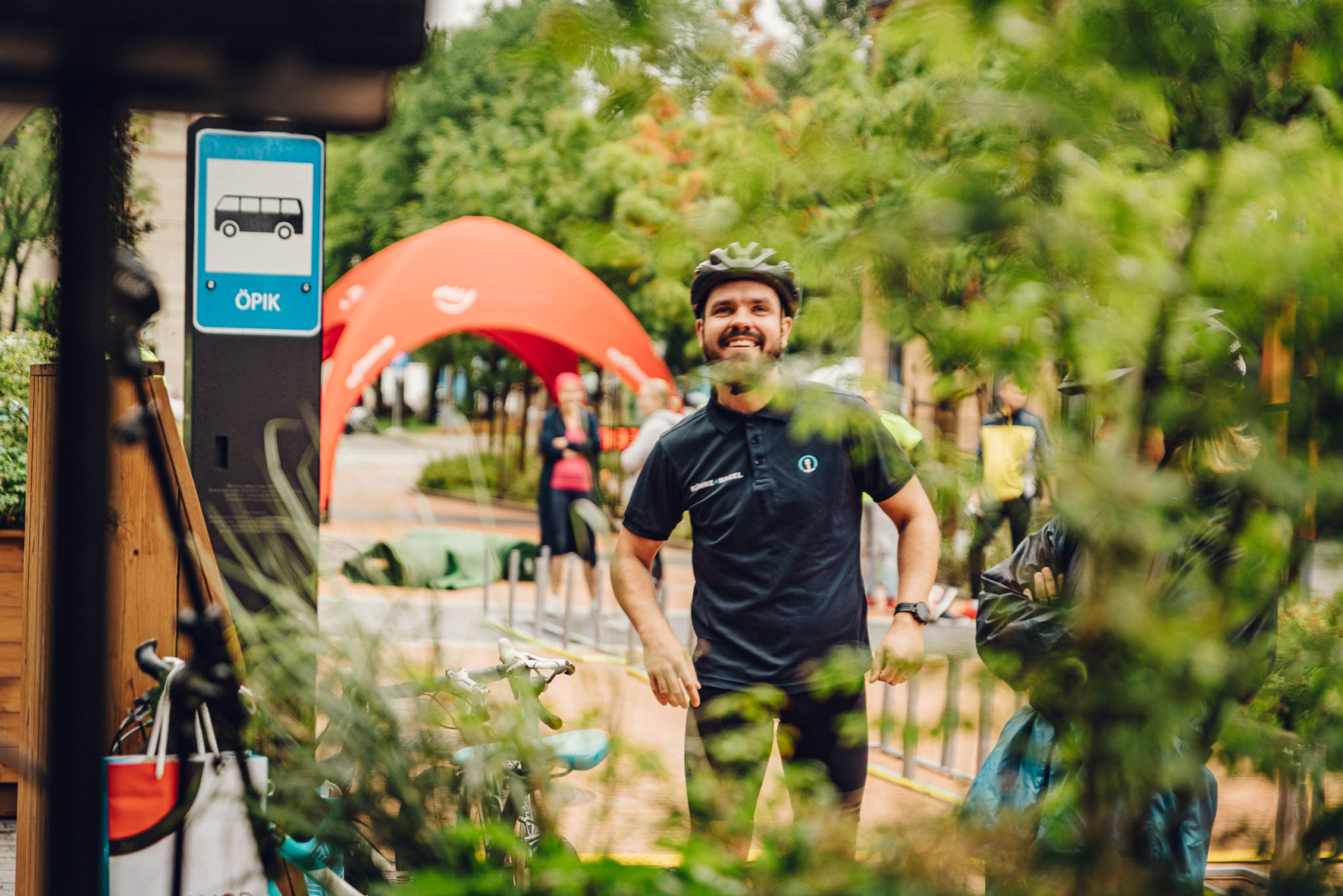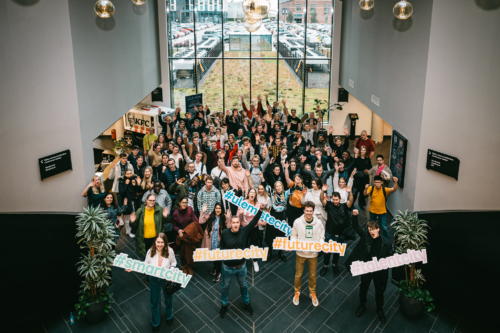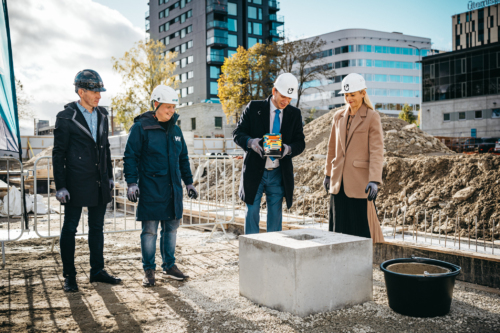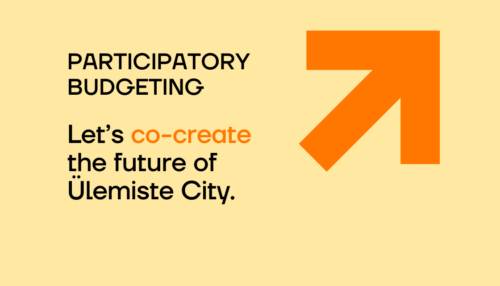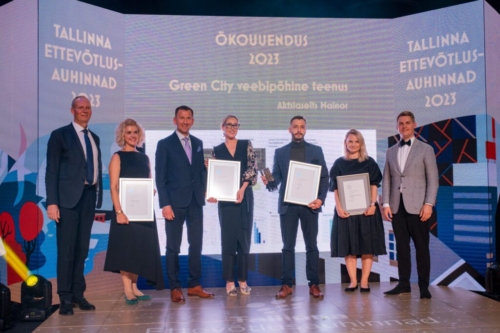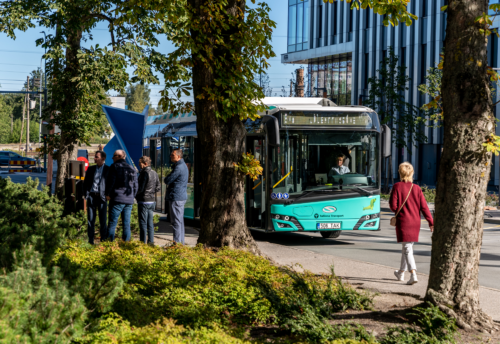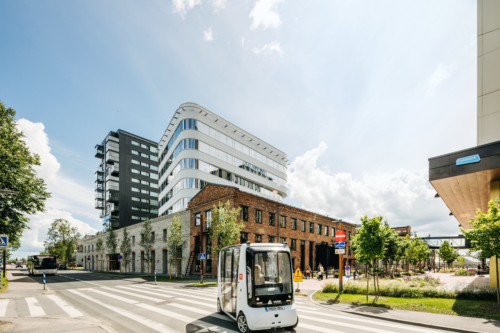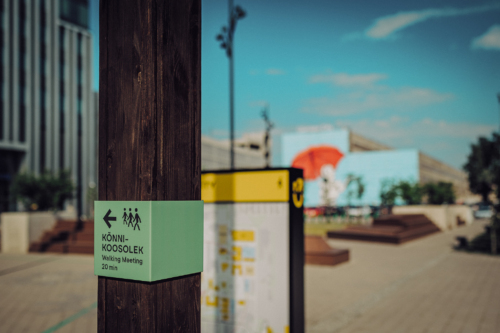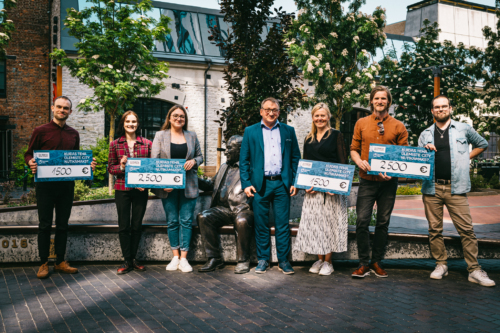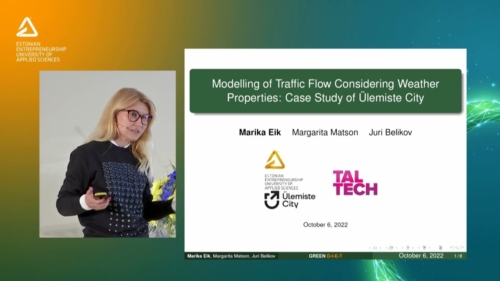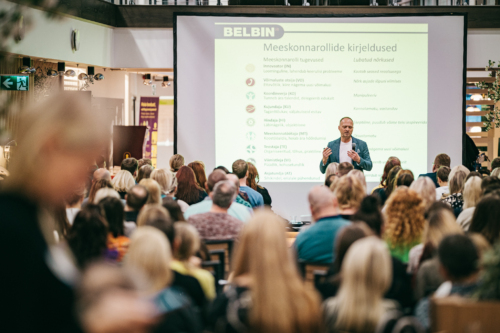Scientifically the Healthiest City in the World
In cooperation with the scientists of Tartu University, we are creating a one-of-a-kind model in the world of a healthy city in which everyone would dream of working.
Although the project has just started, Eneken Titov, the board member of AS Mainor, and Andero Uusberg, the head of the department of affective psychology at Tartu University, agreed to let us take a peek at creating the healthy city model and talk about how it’s done.
A Healthy Talent is More Successful
“The idea started when we were thinking about what we could do to support a talent in his work and how the employer, the campus and the employee himself, both in the company and in the urban space, and the working could environment help along,” said Titov and added that the healthier the employee, the more effective and successful he is at his job.
Health issues have been addressed everywhere, but usually, just one or two factors are considered, like physical activity or mental health. A healthy city model aims to create an integrated environment that would support the mental, physical and social well-being of a talent. “We want to find scientific reasoning about what factors and how they affect a person’s health, and how we could make those factors work for the talent in the best possible way,” Titov said. Taking care of one’s mental health and ensuring a supportive working environment is just as important.
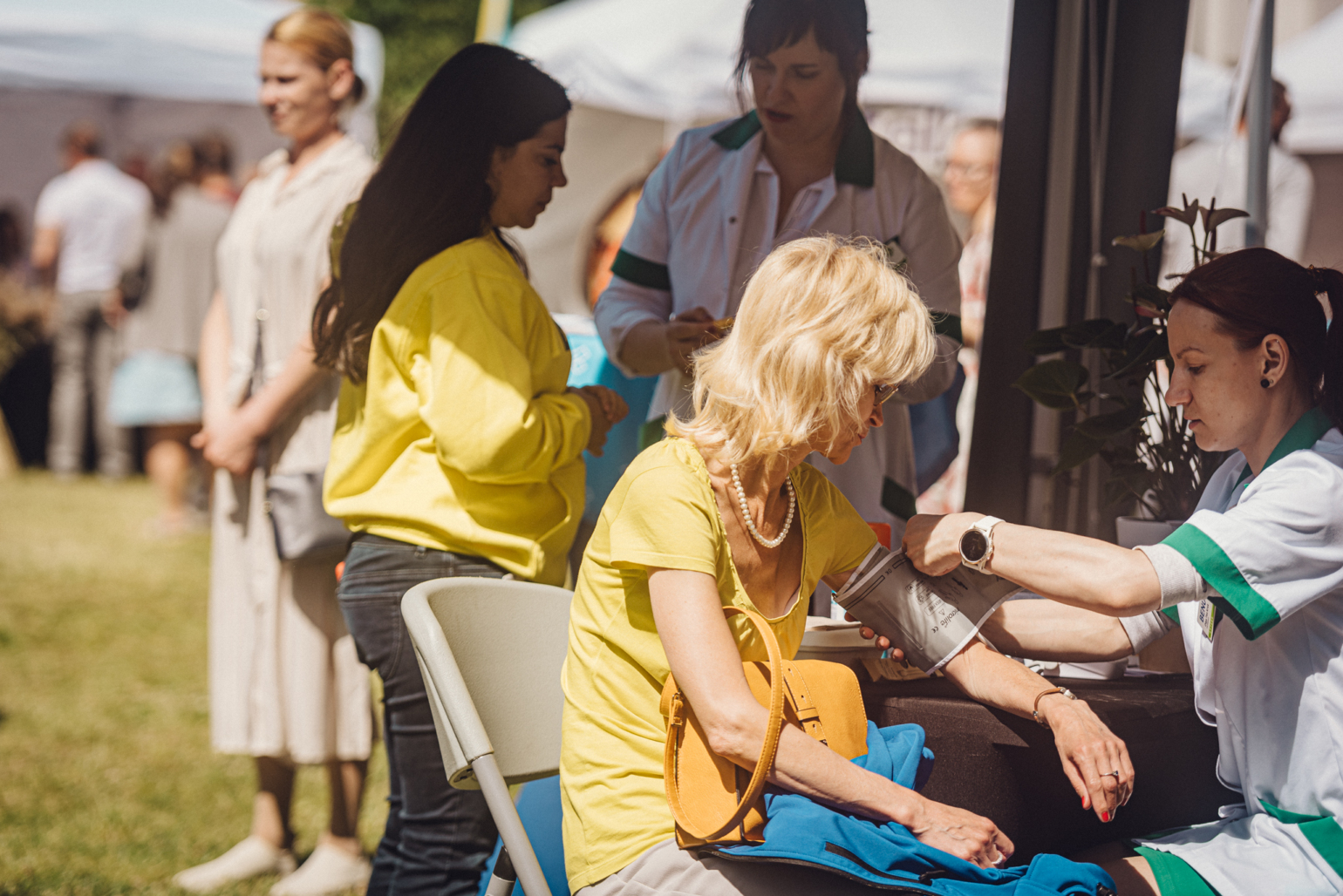
Scientists Came to Help
This is when the scientists of Tartu University came to help to conduct research that has three stages. Health scientists, psychologists, sociologists, and communication scientists are involved.
In the first stage, they research how business campuses affect the health and work-related performance of people. Next, they will look into the health behaviour of people in Ülemiste City and the willingness of companies to assist in keeping their employees healthy and promoting it.
In the third phase, a workshop or a day of intensive development is organised to find solutions to make people’s behaviour healthier. The workshop is based on the idea that to ethically and effectively impact behaviour, one needs to change the behavioural reasons in how one thinks and acts.
To find intervention points, the psychological mechanisms of health behaviour are analysed during the workshop and intervention methods that have proven to be effective in the scientific literature are studied. The workshop is organised in the framework of the health promotion project of Ülemiste City by the scientists of Tartu University, who will later help implement ready-solutions. In the future, these can be implemented in other cities and campuses around the world.
“It’s an exciting moment – we’re in the second phase of our research, we’ve just started collecting data,” Uusberg stated. They are also preparing for the third phase starting in October, during which they will start looking for ways to improve the physical, mental and social well-being of people.
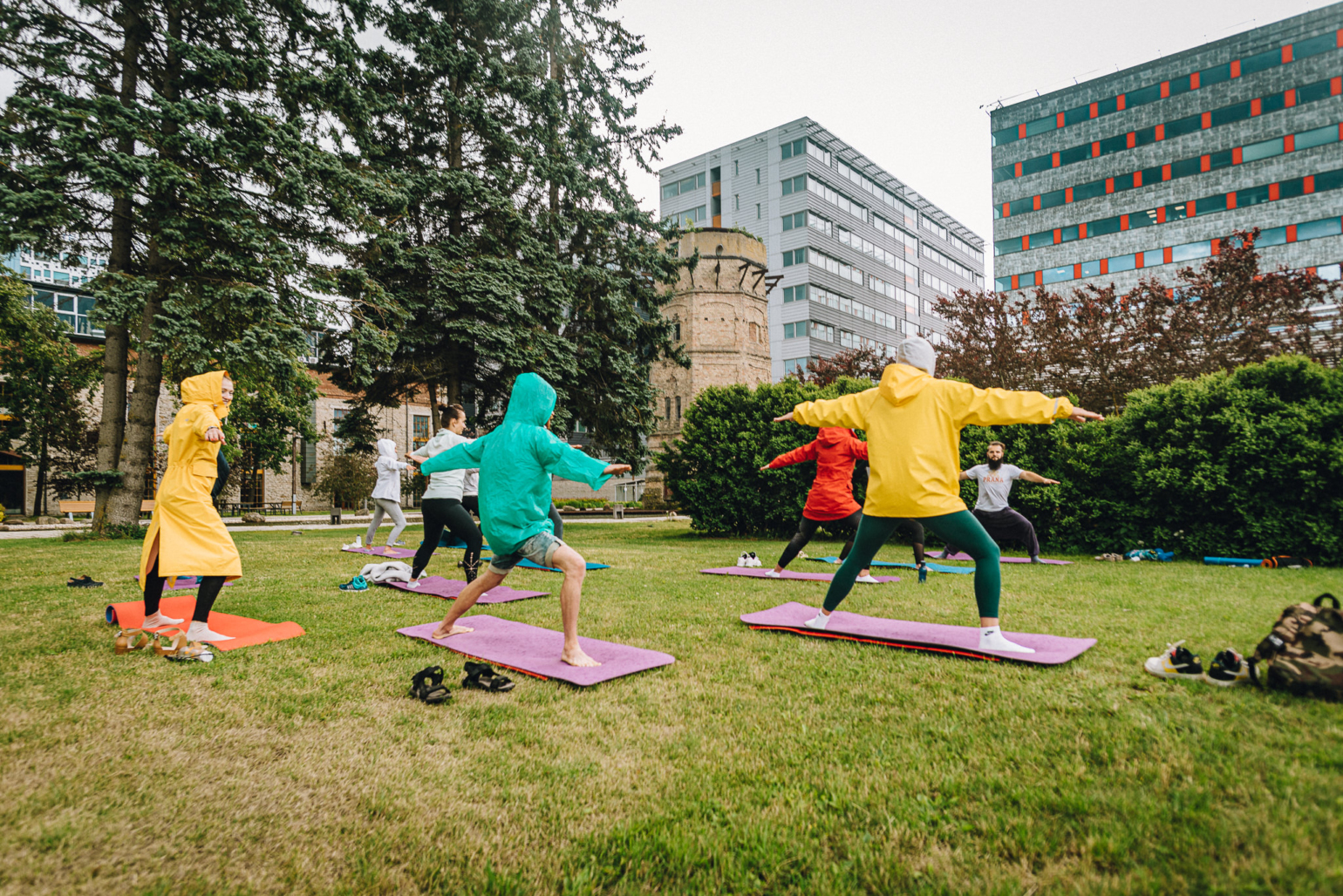
Effective Ways to Affect Behaviour
Although the research is still in process, some ways to impact people’s behaviour can already be mentioned. For example, it was discovered that if you try to educate people on something, just talking about it will not give results. The most effective is to use more than one influencer simultaneously – informing while also creating opportunities.
In his works, Uusberg relied on research that tried to affect a certain aspect of health behaviour. As an example, he talked about installing standing desks in offices. This can even have several benefits: it creates some competitiveness that adds a social dimension to it. “Different departments of a company could have a competition to see how much everyone has been standing,” Uusberg said.
As another example, Uusberg mentioned influencing people’s behaviour using stimuli. “What often works is when the stimuli of healthy behaviours isn’t health itself,” he said. That can be practised when, for example, instead of indoor meetings, they are held outdoors while walking.

A Healthy Choice Begins with Healthier Choices
According to Uusberg, the main challenge is the multilayered nature of this model – three influencing factors (mental, social and physical well-being) are being monitored from three different perspectives – what the employees could do themselves, what the employers could do and what the campus could do as a whole.
Several aspects need to be considered: what people around an employee are doing, how it affects him, or the stimuli that make a person act in general.
“When the campus thinks about reaching health goals, then a lot of it is related to creating opportunities,” Uusberg said.
“We have a science-based model, and now we can map in detail what are the characteristics of our campus, the habits and experiences of our talents, and then, based on the information, we can draw some conclusions and start offering talents different ways of supporting their health on a larger scale,” Titov added.
